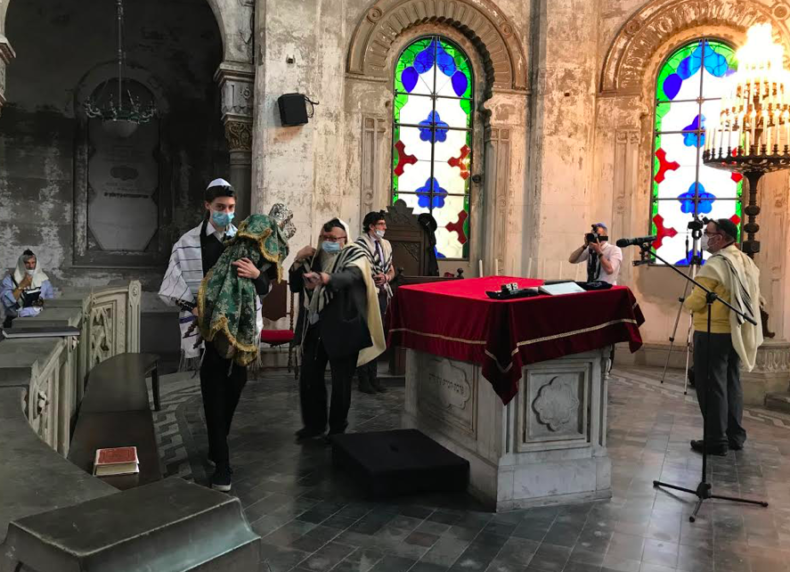“Communities’ songs and rituals, a project for our unique heritage”

Rav Elia Richetti was a valued cantor and held a deep knowledge of the ancient rituals of Italian Jewish communities. In order to collect and catalogue these music and tradition, passed through generations, a project was recently launched by UCEI with the Institut Européen des Musiques Juives. Rav Richetti took up the project with the same passion and enthusiasm that marked his longlife commitment to the Jewish word.
An invaluable knowledge is in danger of falling into oblivion due to declining birth rates, the numerous aliyot, the subsequent demographic change and an increasing distancing from Judaism. The various rituals and songs of Italian Jewish Communities are among the many treasures in jeopardy. To this day, community rituals’ preservation has been entrusted to individuals who taught the local rituals’ music, upon request by a few volunteers.
The “Chazanut Project” was launched in order to raise interest, to provide a broader public and a comprehensive understanding of the evocative differences found among the rituals of Italian Communities – even those geographically close.
It is an UCEI – Union of the Italian Jewish Communities initiative, in collaboration with the Institut Européen des Musiques Juives, a Paris-based institution which catalogues and preserves rituals from Communities all over Europe. In charge of the project was Rav Elia Richetti, the scientific head of the project, with Maestro Riccardo Moretti as coordinator of the UCEI Culture Commission and Ishai Richetti, operative coordinator.
“The project aims to collect and catalogue all Communities’ liturgic traditions, of which we are able to find a trace,” Rav Richetti pointed out recently. “With their three different rituals (Italian, Spanish and German – and in some instances Provencal), the Jewish Communities in Italy constitute a unique heritage. Not only are there remarkable differences in the ritual and its chanting from a Community to another, but songs may vary from synagogue to synagogue even in the same Community”.
“Melodies have changed and have been used in different contexts than the original, they have either disappeared or have been created by a single officiant – or an author expert in music, because of individual Jews or groups travelling from one place to another due to historical events, or various Communities’ extinction and establishment”, Richetti continued.
It’s essential, he concluded, “to preserve what is still available, be it still in use, a remembrance, or otherwise documented, so that this valuable heritage does not get lost or forgotten.”
In addition to preserving the ritual, the project will bring worldwide knowledge of a poorly-known treasure and the implementation of important side activities. “Plenty of the material is already existing, I pledge to make it better accessible. It is important and urgent to keep the Italian tradition alive”, Maestro Moretti said stressing that it was “an honor to collaborate with someone as high-profile and knowledgeable of the Italian ritual as Rav Richetti”.
Translated by Silvia Bozzo and revised by Antonella Losavio, students at the Advanced School for Interpreters and Translators of Trieste University, interns at the newspaper office of the Union of the Italian Jewish Communities.
